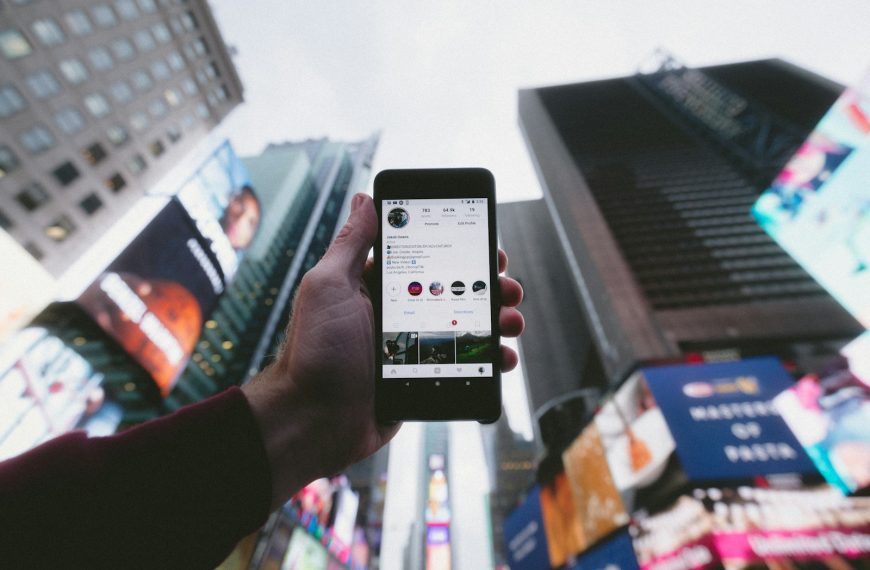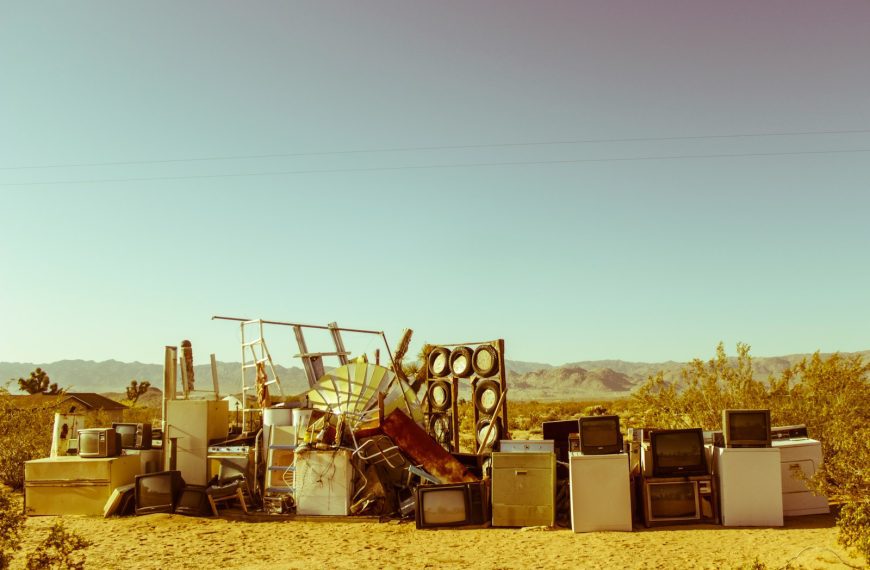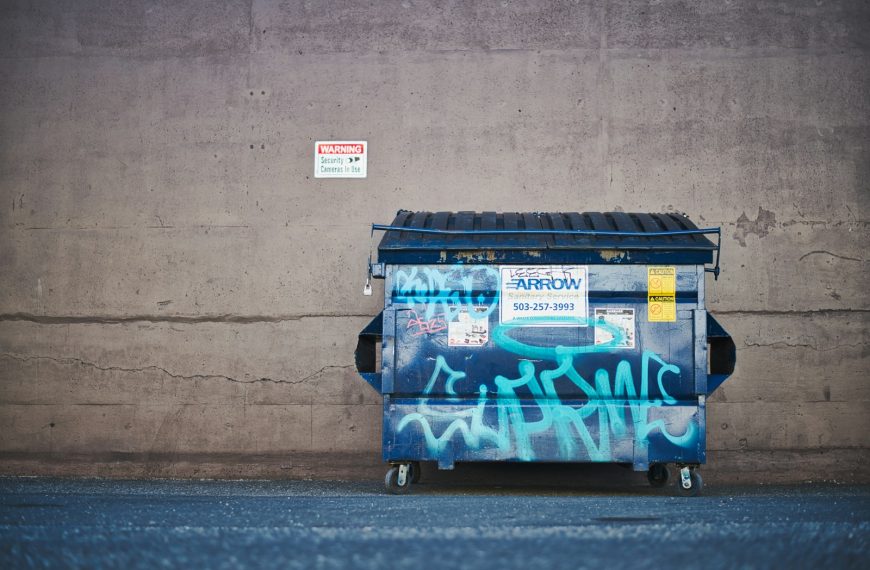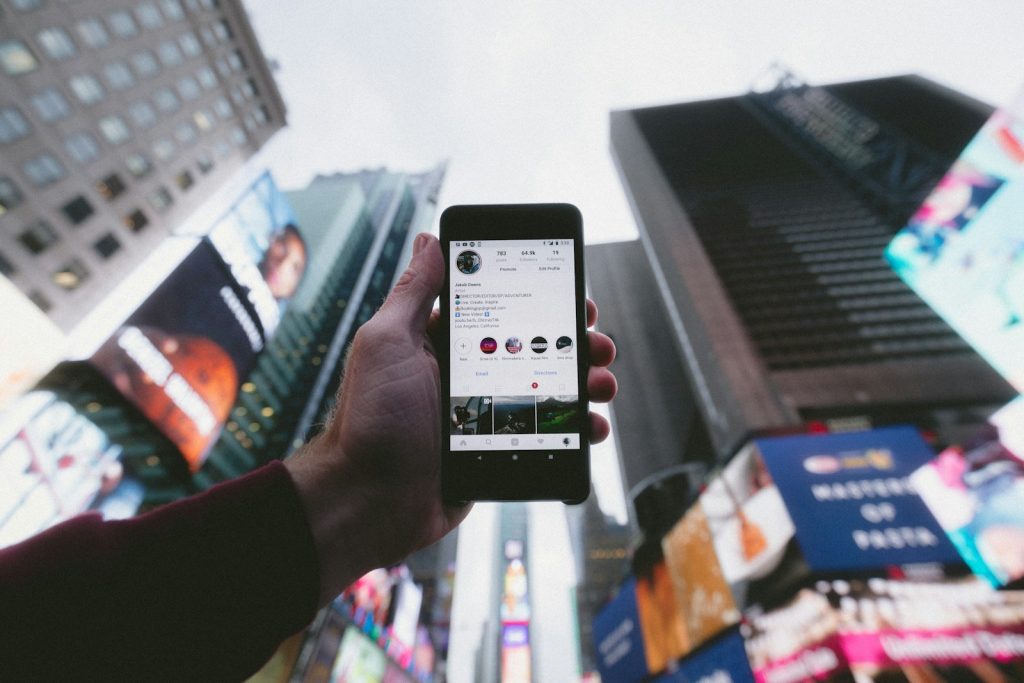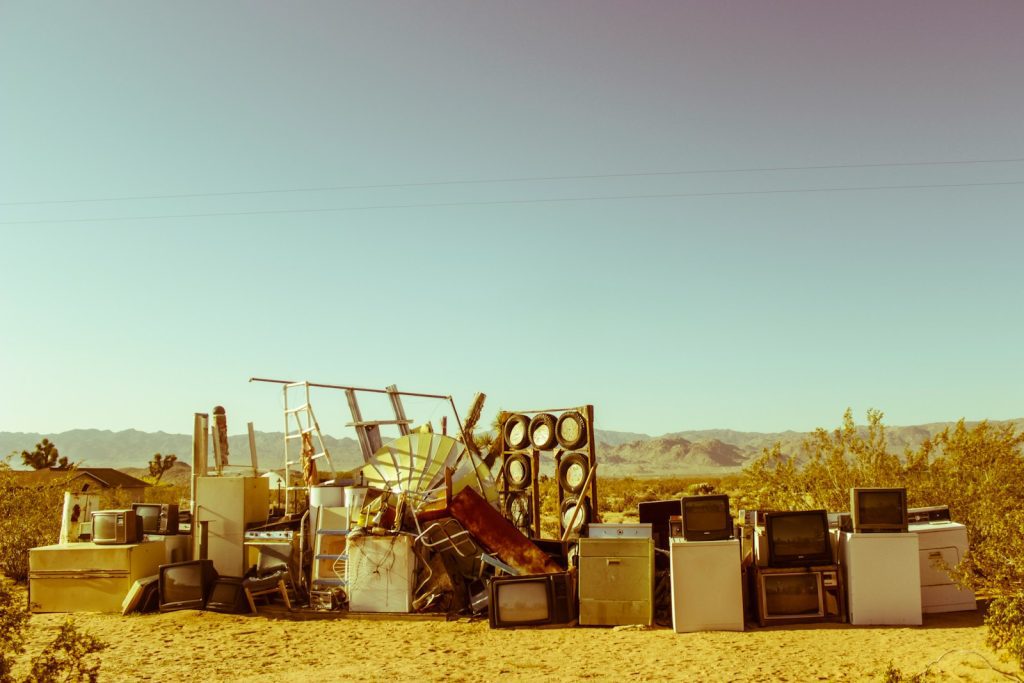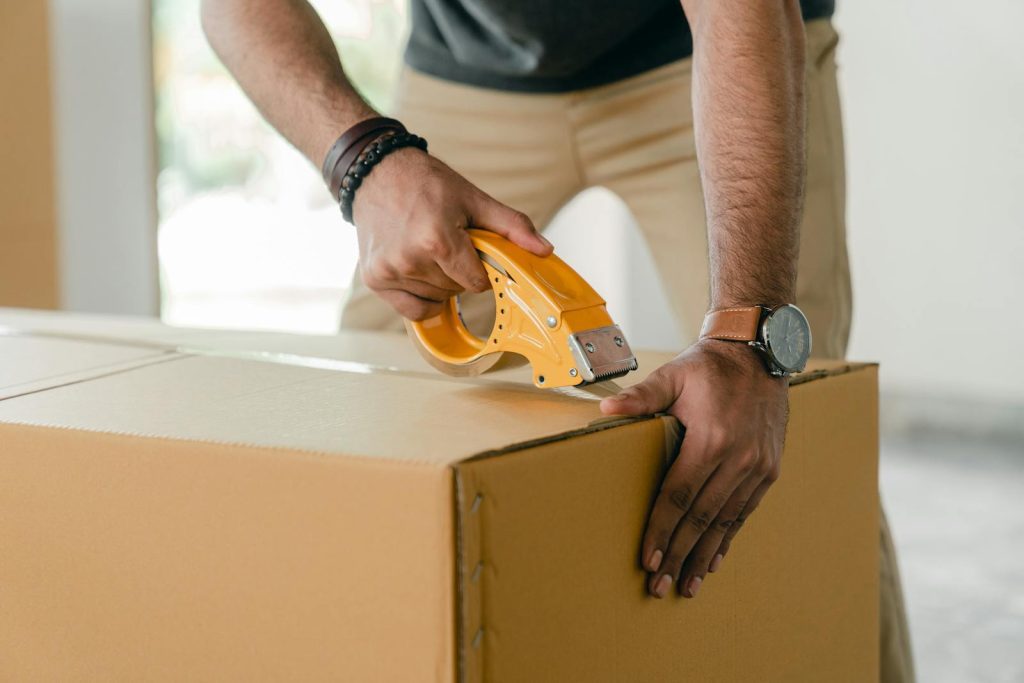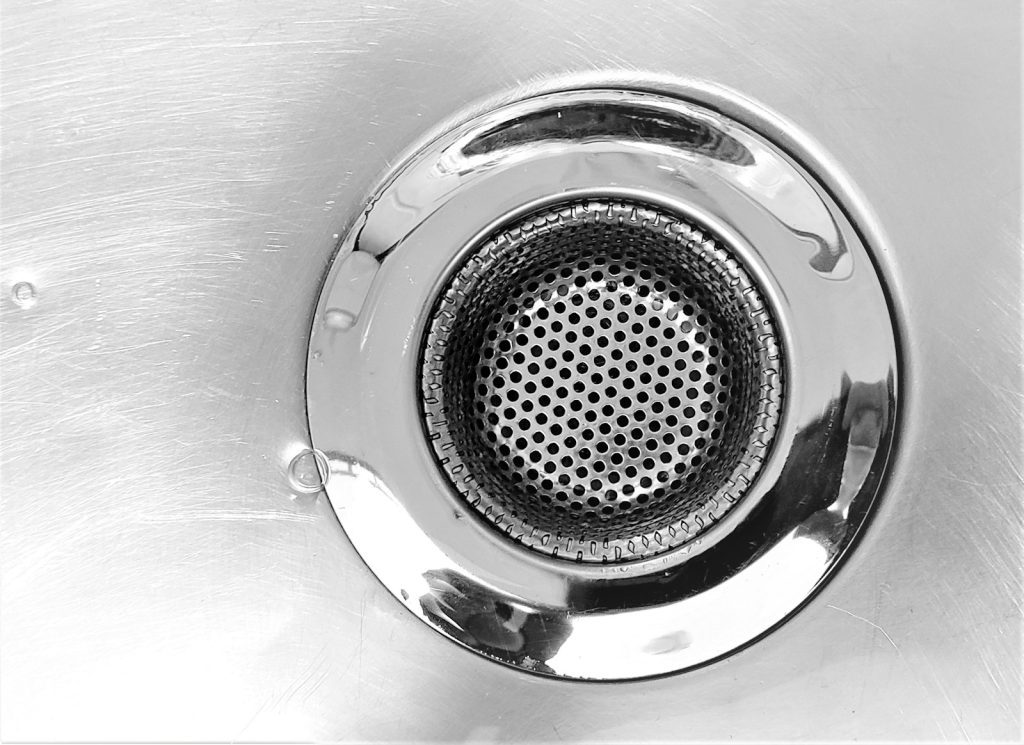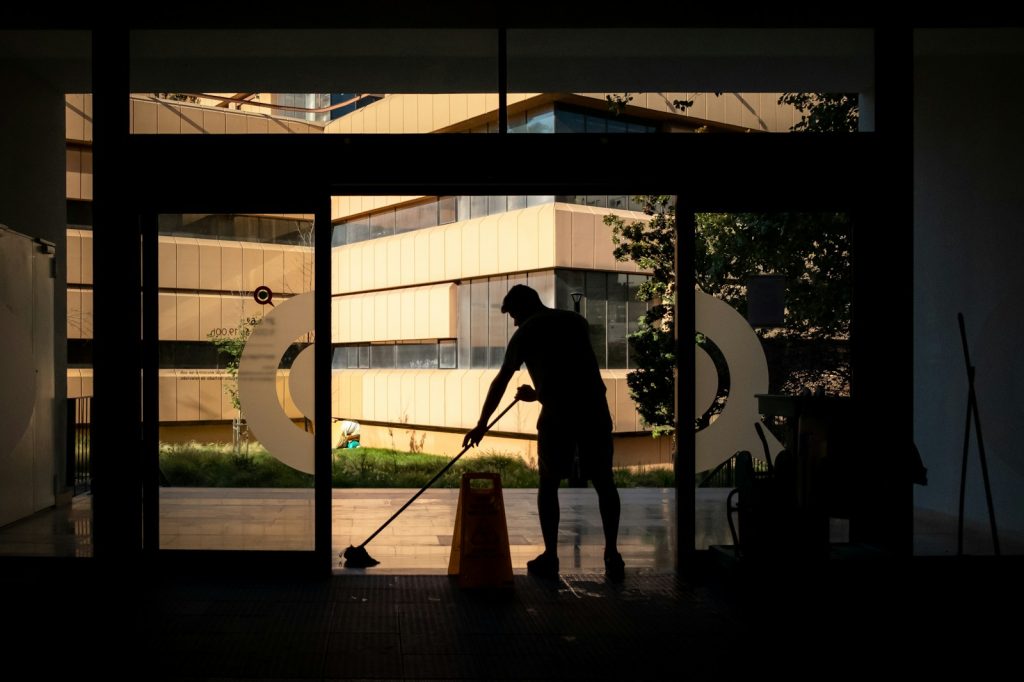You might have some old tools lying around that once served you well but now don’t quite fit with modern technology. As devices and methods evolve, certain tools become less compatible or effective, even if they worked perfectly in the past.
Understanding which old tools no longer work well with today’s tech can save you time and frustration. Knowing this helps you decide when to upgrade or find alternatives that match your current gadgets and workflows.
Analog HAM Radio
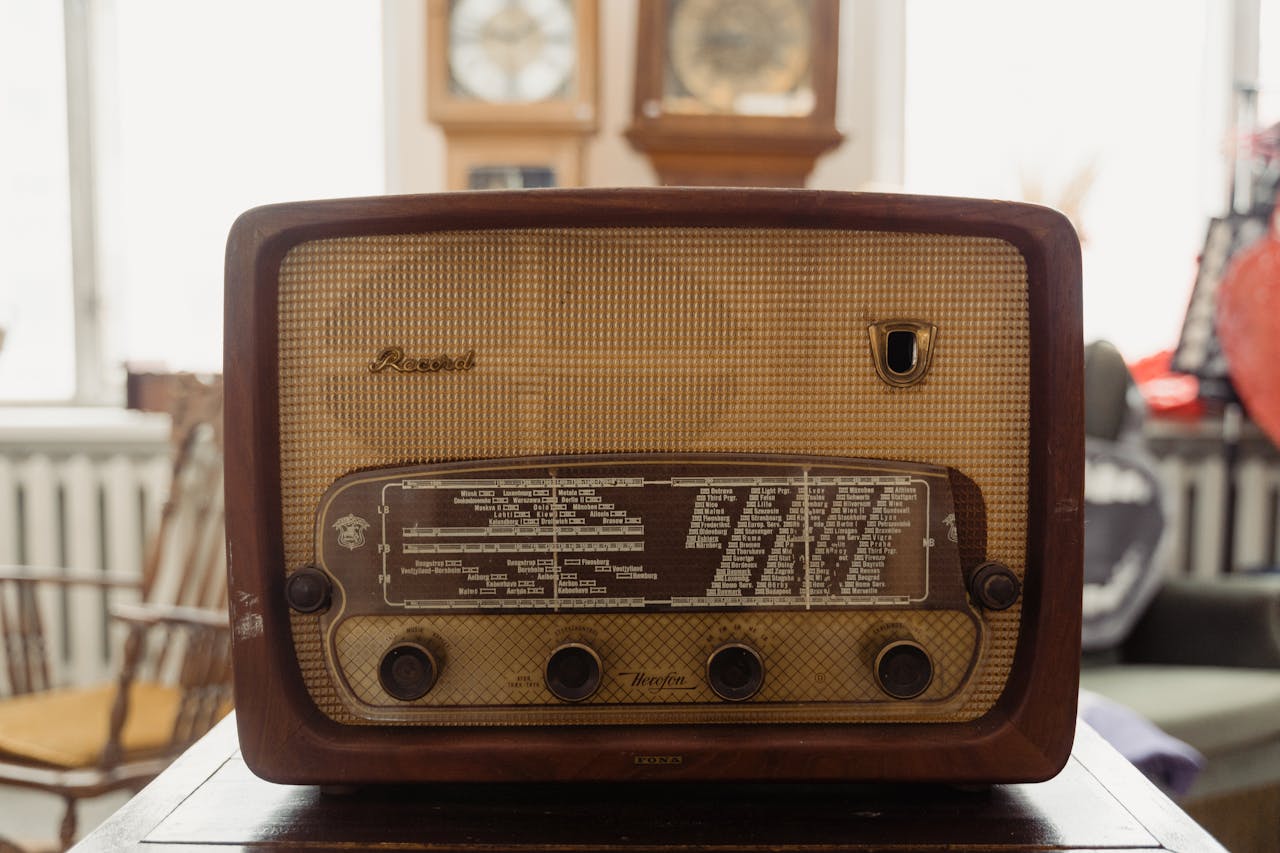
If you use an analog HAM radio, you might find it harder to connect with today’s digital networks. These radios often don’t support newer digital modes or encryption.
Older analog rigs can have mechanical issues like dirty knobs or fading components. Repair parts can be difficult to find, which might make maintenance tricky.
Still, if you enjoy classic equipment or want a simple setup, analog HAM radio can be a fun way to get on the air. For more details, check out discussions about analog vs digital rigs.
Dwell Meter
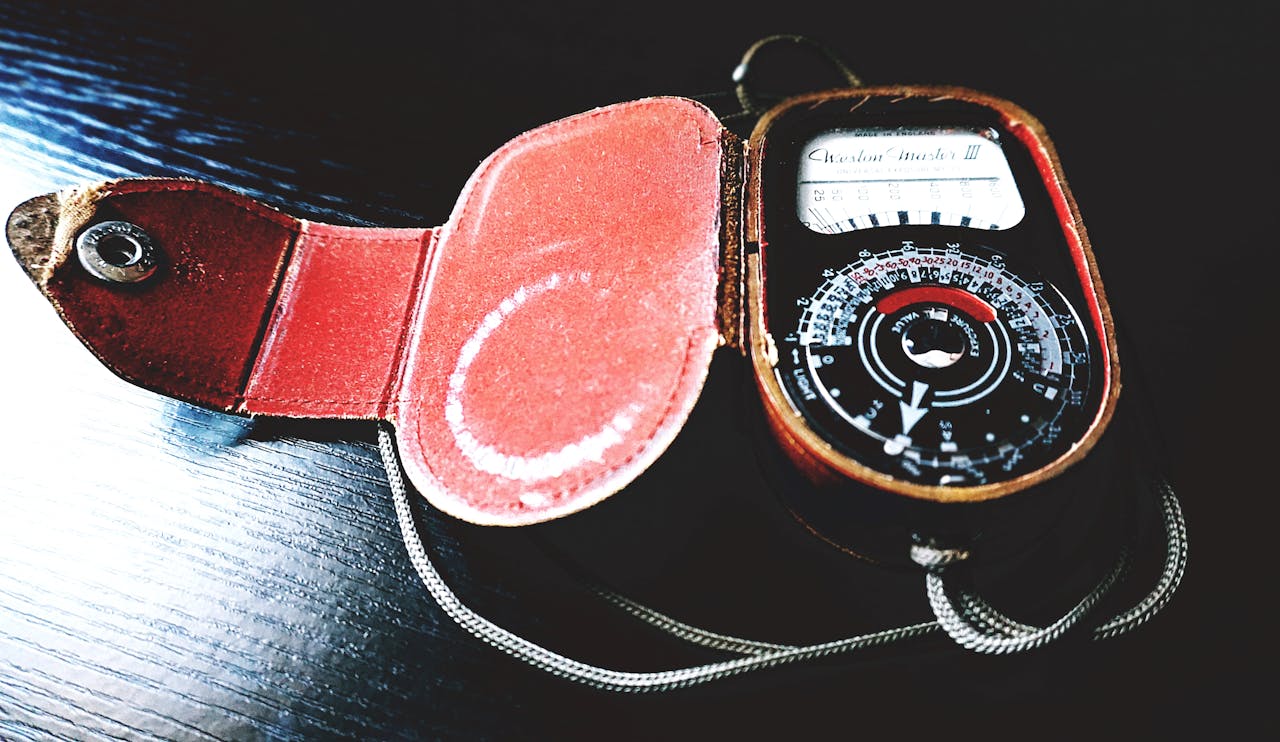
If you work on older cars with breaker point ignition systems, a dwell meter might have been your go-to tool. It measures the time points stay closed, helping you set the gap correctly.
Today, most cars use electronic ignition or computer-controlled systems, so a dwell meter won’t work with modern engines. You can still find them useful if you enjoy restoring vintage vehicles or tractors.
Super 8 Handheld Video Camera
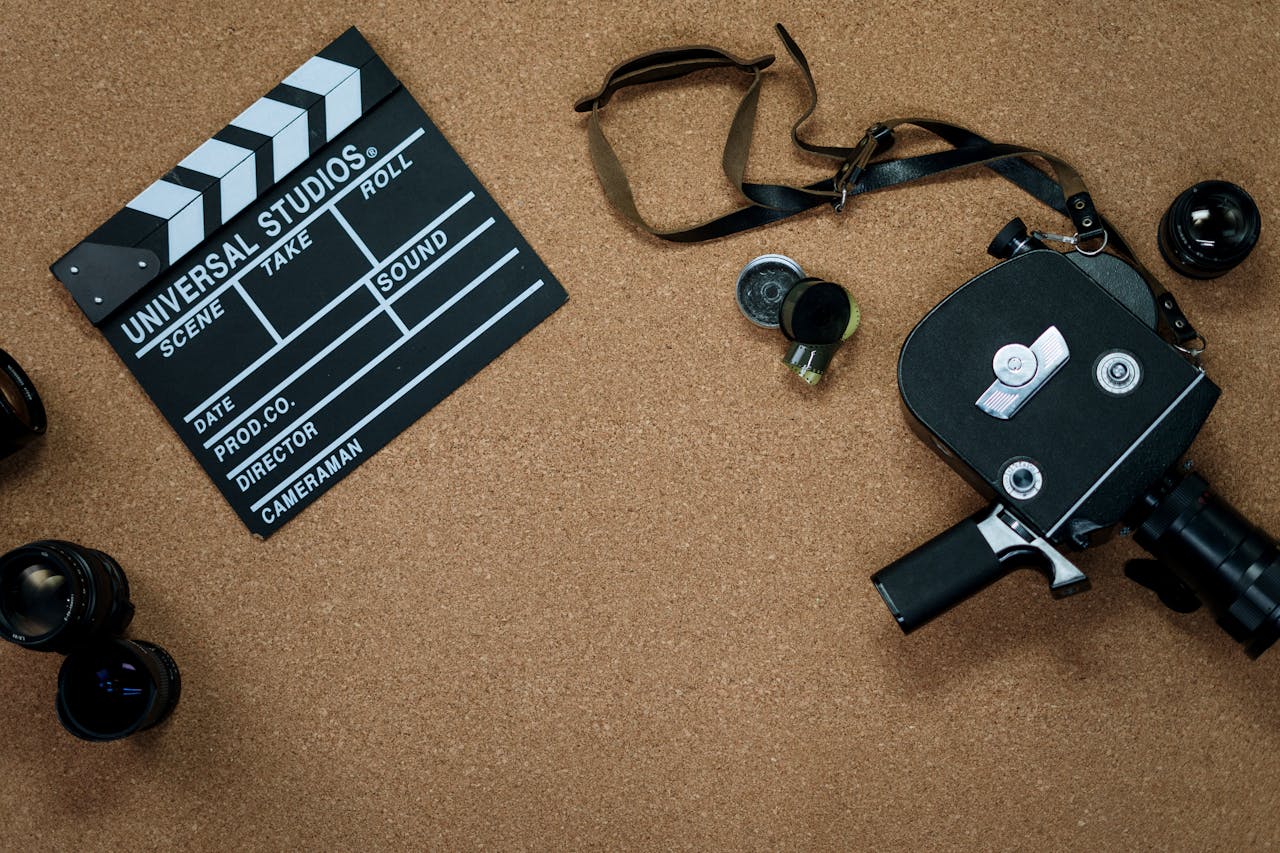
You might remember the charm of Super 8 handheld video cameras. They were popular for home movies before digital video took over.
However, these cameras use film cartridges that don’t work with modern digital editing software. You’ll need special equipment to convert film to digital files.
If you want to try shooting on a vintage camera, you can find models secondhand, but keep in mind they don’t plug directly into today’s tech easily.
Betamax Player

If you still have a Betamax player, you’ll find it hard to use with modern tech. These players use magnetic tape cassettes, which are completely outdated now.
Connecting a Betamax player to today’s digital TVs usually requires special adapters or converters. Also, finding new tapes or parts is nearly impossible. You can digitize your old Betamax tapes, but it takes extra equipment and effort.
VHS VCR

You might have a VHS VCR sitting around, but it’s becoming harder to find one that works perfectly. These players were built for analog tapes and can’t directly record digital TV signals.
If you want to play or digitize your old VHS tapes, you’ll need extra equipment like adapters or capture devices. Finding fully working VCRs is getting tricky, so consider preserving your tapes soon before the players become rare.
LaserDisc Player

If you still have a LaserDisc player, you know they’re tough to keep running. Most models are over 30 years old and weren’t designed to last forever.
Finding repairs or parts is tricky since few technicians specialize in them anymore. Your player might not connect easily to modern TVs without adapters.
They offer a nostalgic way to watch, but using one with today’s tech can be frustrating and limited in compatibility. For more on their challenges, see this discussion about LaserDisc player repair and lifespan.
Phonograph
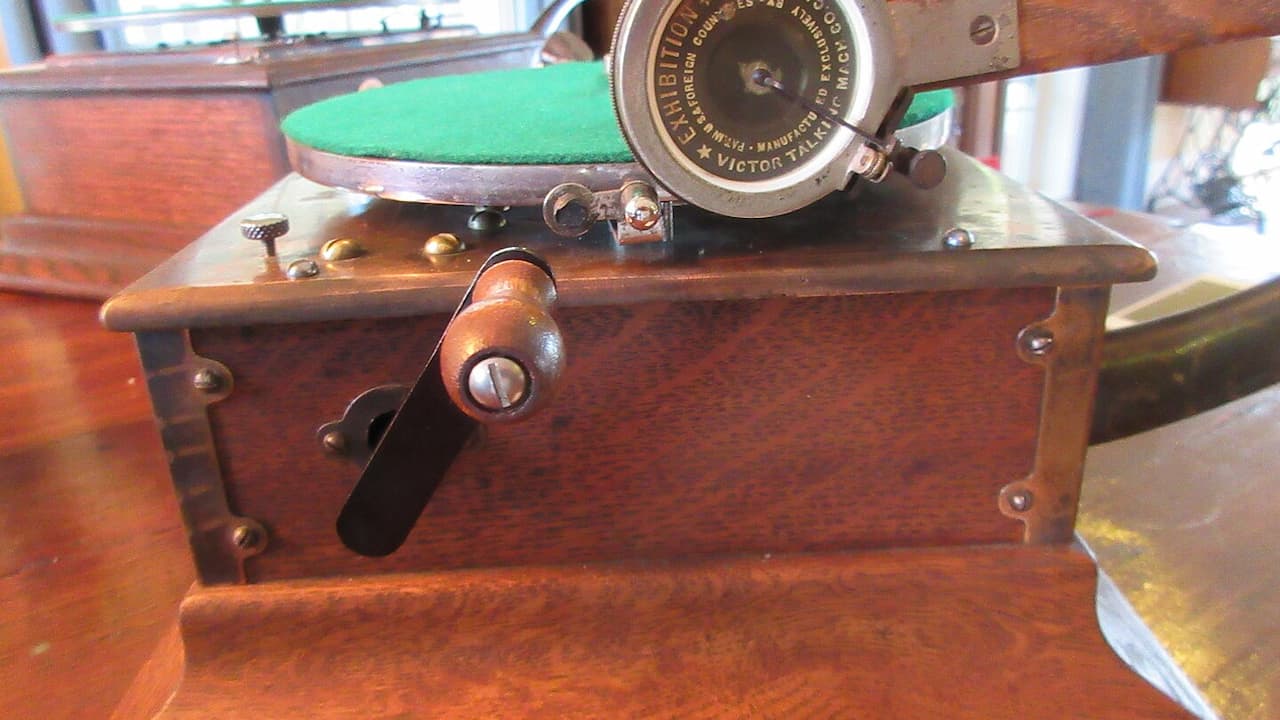
The phonograph was one of the earliest devices used to play recorded sound. It works mechanically, using a needle to read grooves on a rotating disc.
If you try to connect a phonograph to modern digital systems, you’ll find it doesn’t work natively. It lacks the electronic components needed for today’s audio formats.
While you can enjoy the charm of a phonograph, it requires special equipment to convert its sound for use with current technology. For more about its history, see the phonograph Wikipedia page.
Reel-to-Reel Tape Recorder
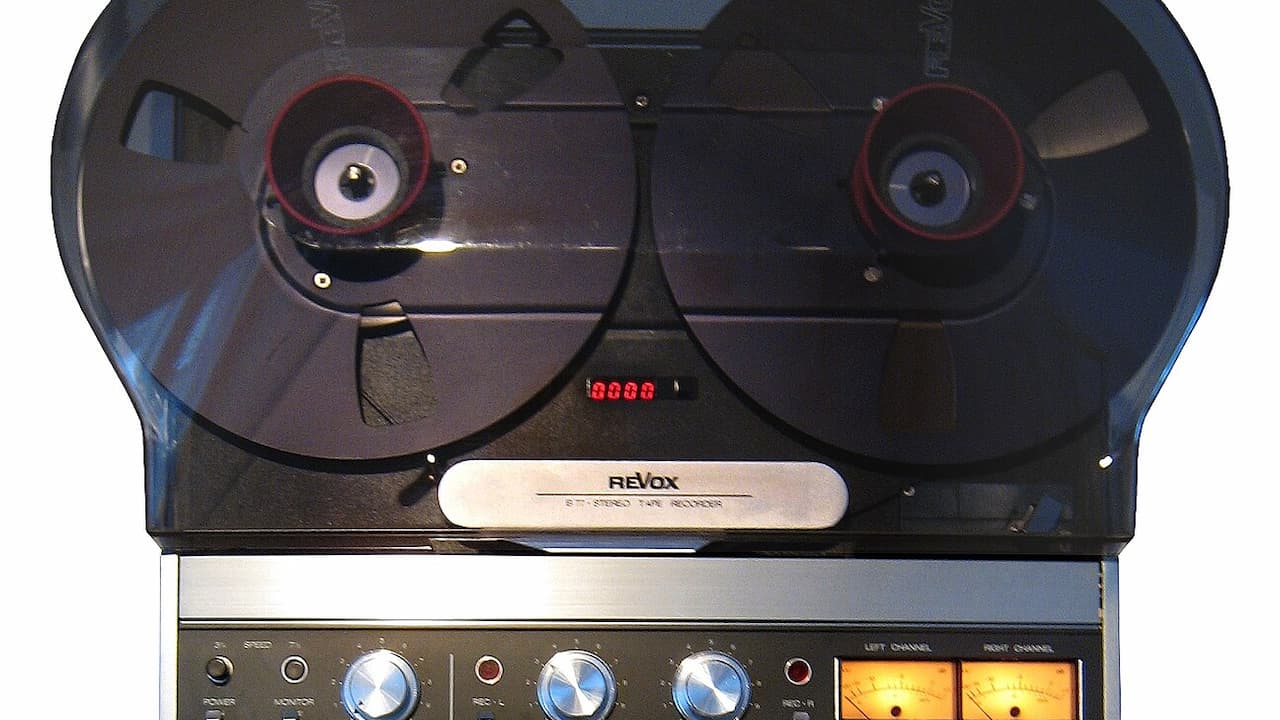
If you still have a reel-to-reel tape recorder, you’ll notice it doesn’t easily fit with modern setups. These machines use magnetic tape that’s hard to find and often expensive today.
You might enjoy the warm sound these recorders produce, but connecting them to digital gear usually requires extra converters. Also, troubleshooting issues and getting replacement parts can be tricky.
For beginners, some older models like the TEAC A-6010GSL are affordable but still designed for analog use, not digital integration. This makes them more of a nostalgic tool than a practical option now.
Manual Typewriter

Using a manual typewriter today can feel like stepping back in time. You type by pressing physical keys that strike an inked ribbon onto paper, with no digital backup or undo button.
While they have a nostalgic appeal, manual typewriters don’t work with modern tech. You can’t connect them to computers or save your work electronically. If you want to write without distractions, they might be a fun choice, but they won’t replace your laptop.
Rotary Phone

If you have a rotary phone, it might not work with your modern phone lines. These phones need a traditional two-wire copper connection.
Most modern systems use digital signals or fiber, which don’t support the rotary dial’s pulse method.
You can use converters to adapt rotary phones for today’s networks, but without one, they won’t connect properly. For more, see how rotary phones interact with modern lines.
Like what you read? Check out more by me:


